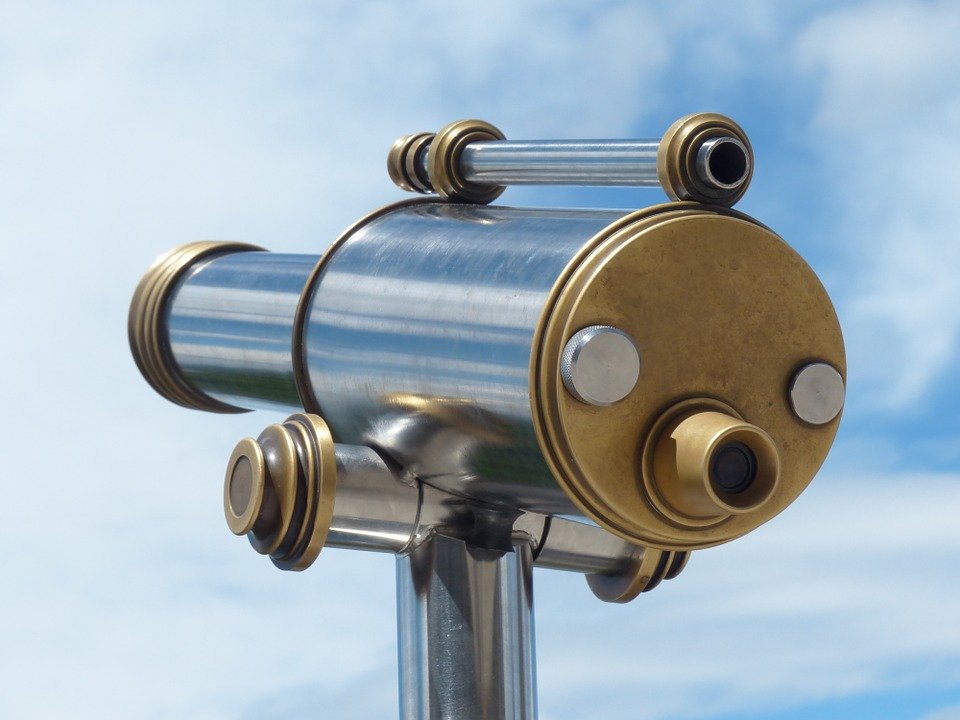
There are, by and large, two major types of telescopes – refracting & reflecting – both come with their individual upsides and downsides. With reflecting telescopes, lens are used to give attention to light, and the same objective is accomplished by reflecting telescopes with the use of mirrors. Click here to learn more: http://scopetheuniverse.com.
Reflecting Type
A reflector telescope is much inexpensive to make relative to other designs and provide the best telescope your money can buy. Reflector telescopes are able to create great images, which make it very popular among sky gazers who desire the largest telescope possible to detect weak or remote objects beyond our solar system, otherwise called deep-sky objects. Whenever shopping for some telescope with room to grow, the middle sized one (about 4.5 inches, if not larger) happens to be the least expensive option for consideration. Scope the Universe with this telescope.
Reflector telescopes happen to be the more sensitive variety though and will require cyclical telescope mirror readjustments, a process referred to as collimation. Consider they are exposed at the top, airborne dust particles or dirt will build up, thus requiring periodic cleanup.
While the reflector telescope is really not too sensitive, it is the type that is the least child proof in terms of design or style. The eyepiece is also positioned beside the top of such telescope, which make it more difficult for the young ones to view over.
Refracting Type
The historical popularity of the refracting telescope is believed to have been initiated by Galileo, the astronomer. His renowned design is the image of telescopes that appears in our mind every time, and binoculars have this pattern as well.
Refracting telescopes employ objective lens created from no less than a couple of glass elements, eliminating the prismatic rainbow color effect around an image that is a result of a glass lens on its own. On the other hand, the double –glass design of refracting telescope lens causes them to be a pricey choice, they as well produce very excellent images. They are the ideal astronomer telescopes for an astronomer who wish to look at finer details.
Another upside of refractors is the fact that they can withstand blows, plus they can't be misaligned by force. This makes the refractor telescope a superior choice as regards being moved around, and for people who do not like a telescope that is high-maintenance.
Even though refractor telescopes are quite expensive, they have excellent quality plus the images they produce are really shard, regardless if you're a rookie astronomer or else a professional.
It will be significant to buy the best telescope. It will make the difference between great backyard astronomy and scruffy backyard astronomy.Veteran or rookie stargazer, the best telescope to buy is waiting for you out there. Discover more here: https://en.wikipedia.org/wiki/Telescope.







